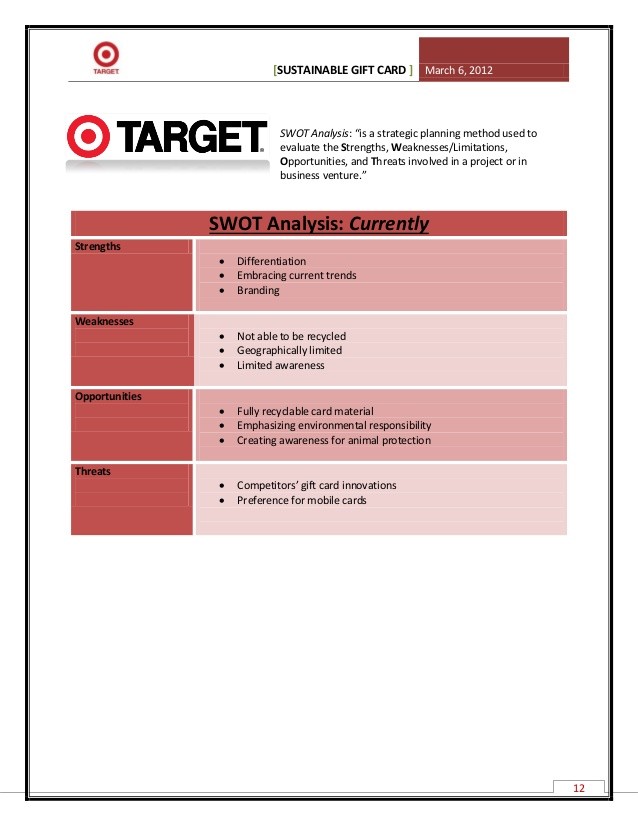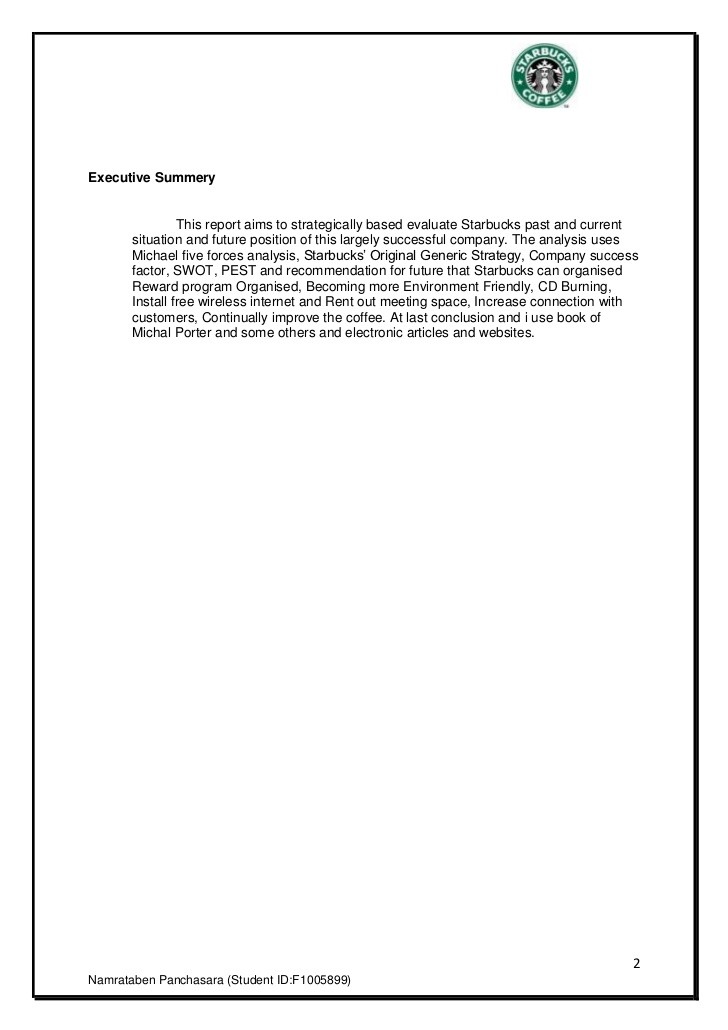Use your SWOT analysis to evaluate new initiatives for your small business
Post on: 16 Март, 2015 No Comment

If you have read our two recent posts on getting in touch with your business’ strengths and weaknesses (S and W) and spotting opportunities and threats (O and T). we hope you have begun a process to view your company through this new lens.
Many owners and executive complete their SWOT and stop there. Some follow the guidance of strategic planners and complete a formal process of mapping specific initiatives onto a matrix with rows and columns headed by the S, W, O and T lists. While this exercise can be readily adapted for small to mid-sized companies, understanding the underlying reason for taking this extra step is important.
We see identifying strengths, weaknesses, opportunities and threats as only the beginning. If you stop there, you haven’t connected the dots to day-to-day actions. In today’s post we suggest that you’re just getting started.
Follow these guidelines to get a deeper understanding that can help you better evaluate decisions to determine which projects or initiatives are most likely to move your company forward.
• Focus – Commit to your two or three most promising projects or initiatives. Most businesses have more opportunities than they can manage and are well served by establishing priorities and doing a few things well.
• Analyze – Evaluate each planned project/initiative in light of your strengths, weaknesses, opportunities and threats. If a possible project with a big potential payoff requires a capability that has been beyond your reach in the past or serves a target market that is static, it may ultimately be less lucrative than one with a smaller initial payoff that leverages your core abilities or serves a growing market.
• Map – Look at the big picture. Consider combinations of projects and how they interact to spot complementary projects that will be mutually reinforcing.
• Communicate – Most initiatives impact more than one function within a business. Get input from all involved to understand the financial, operational, human resources, marketing and sales perspectives.
Consider this example. A restaurant owner wants to increase profitability and the size of her customer base by stimulating business during slow periods. She is eager to take advantage of her restaurant’s excellent downtown location with periods of significant foot traffic throughout the day and proximity to free parking.
She’s determined that her company’s strengths are her loyal customer base, excellent food quality, comfortable atmosphere and value of the menu she serves. Unused capacity, somewhat slow service and a limited menu are weaknesses. An emerging threat is the trend in the area for customers to forego a nice lunch and instead buy takeout dinners since the local gourmet market started selling high-quality, prepared meals.
She is considering three projects:
- Opening for carry out breakfast to meet the needs of office workers who park nearby and walk by the restaurant before it opens.
- A new quick lunch menu to serve customers on days they are in a hurry.
- Value-priced, early bird dinners to compete with the gourmet shop down the block.

Each will require significant investment in new menu items, marketing, and staffing changes. Takeout meals will need special packaging.
Opening for breakfast would increase costs by adding to hours of operation; however, it has great revenue potential and would likely boost her customer base. The quick lunch menu would increase revenue and be the least expensive to implement; however, it would not add to traffic during slow times or substantially increase the customer base. The take-out dinners would likely appeal to current customers, be somewhat expensive to implement, but would take advantage of her slow period at a time of high foot traffic.
While all these ideas have potential, she decides to focus on take-out breakfast and dinners. She can use the same packaging for both and will need only an order taker and cook as there will be no table service. She’ll pass out coupons to her lunch crowd to help get the word out about new offerings.
Considering each opportunity in light of strengths, weaknesses, threats and the overall opportunity highlights the tradeoffs. It is only by considering all aspects in context that result in the best insight.
______
www.utgoff.com .
© Karen Lauter Utgoff Consulting 2012. All rights reserved.














